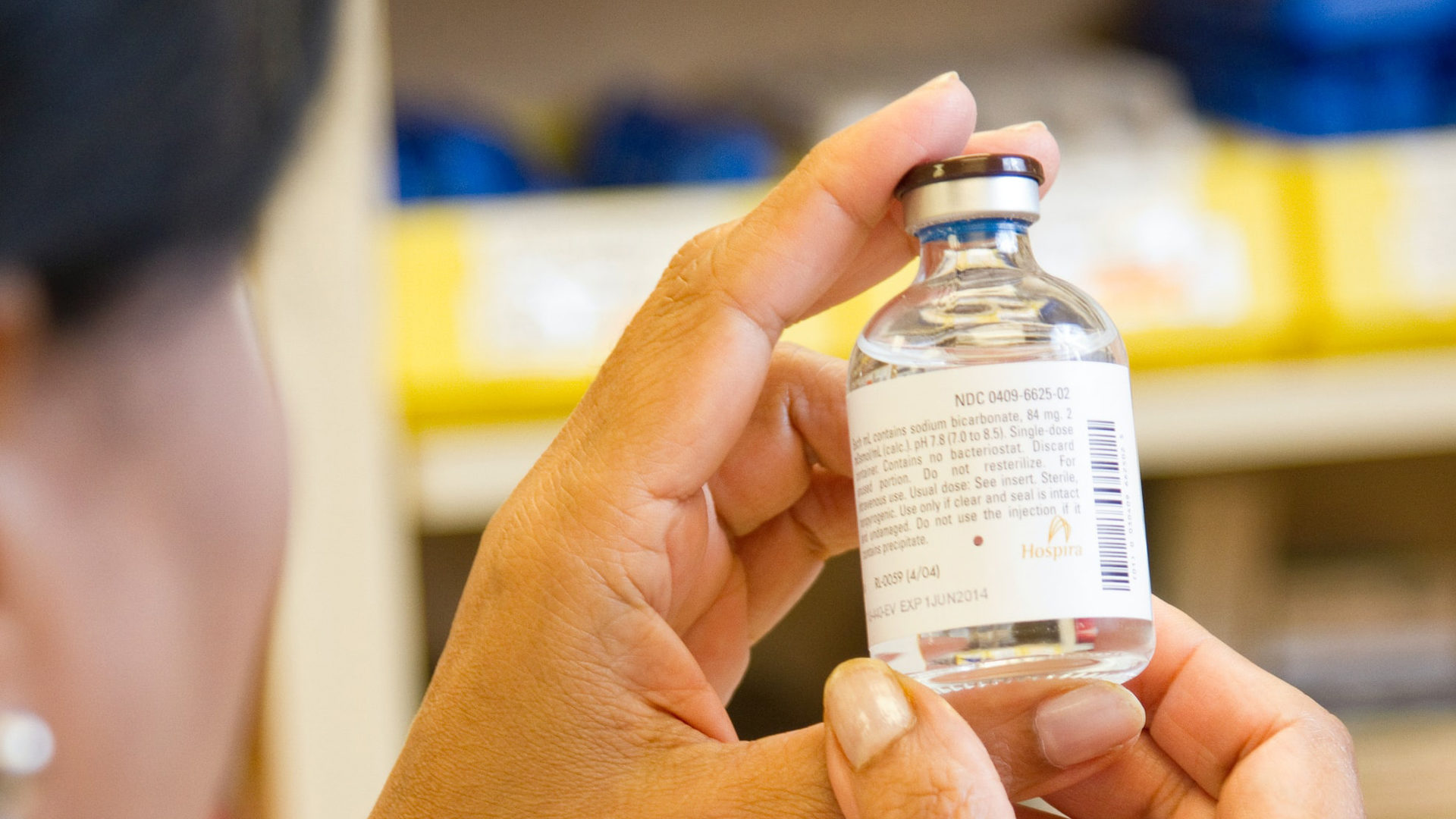Retail Scanner
When is a genuine product no longer ‘genuine’?
September 2018
Legitimate spare part or counterfeit? Rolex has issued proceedings in the U.S against Vintage Watchmaker LLC for offering “non-Rolex approved” replacement parts. Rolex argue that these turn an otherwise legitimate Rolex watch into a counterfeit good.
This raises the question of whether a genuine good can become a counterfeit product by virtue of replacement parts not supplied or authorised by the original manufacturer.
The World Intellectual Property Organisation defines counterfeit goods as “any goods bearing, without authorisation, a trade mark identical to the trade mark validly registered in respect of such goods, or which cannot be distinguished in essential aspects, thereby infringing the rights of the owner.” In this case the traditional definition of counterfeit does not necessarily appear to be present. The watch itself is legitimately bearing the Rolex mark, but do “non-Rolex” spare parts make it counterfeit?
The applicable law concerns an overlap between designs and trade marks. In the UK and EU, the case Acacia (EU:C:2017:992) determined that the design of goods can be copied to create spare parts, provided for repair and to restore original appearance. This then overlaps with trade mark law, as the promotion of spare parts as compatible with the original manufacturer requires referring to the brand, which raises the possibility of trade mark infringement. Here, Vintage Watchmaker arguably must use the “Rolex” mark to enable consumers to understand that the parts such as a replacement dial or strap can be used for their luxury watch. However, would the use of non-branded spare parts change the physical condition of the traded goods and thus be considered to be trade mark infringement.
In an ever-expanding consumerist society, counterfeit is becoming ever more prevalent, challenging and nuanced to retailers and brand owners. Consumers want a good deal in the marketplace which inevitably raises the possibility of alternative less expensive options. It will be interesting to see whether Rolex succeed in the litigation and the inevitable issue for retailers is how to make products which are hard to reproduce for the purposes of spare parts without infringing intellectual property rights such as designs, trademarks and even patents.































